Do you know the Bagatelle castle (château de Bagatelle)? It is little known and yet it is located in Paris and its history is quite amusing: it is the result of a crazy bet between Marie-Antoinette and the Count of Artois who had it built in less than 100 days!
Discover the history of this unusual castle whose restoration work has just begun.
Summary
At the origin of the Bagatelle castle: a crazy bet
In September 1777, Marie-Antoinette challenged her brother-in-law, the Count of Artois (future Charles X and brother of Louis XVI) to build a castle in less than 100 days. A bet that will be spiced up by the Count who bets the sum of 100 000 pounds!
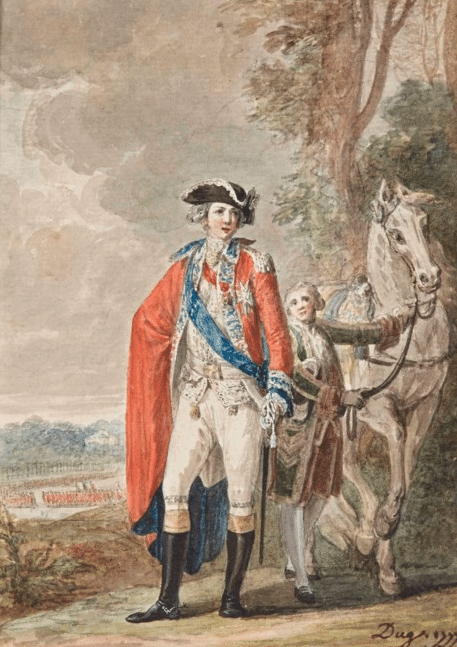
The Count threw himself wholeheartedly into this challenge: he asked the architect Bélanger to come back from England with sketches of houses in the neo-Palladian style. In only a few days, the plans were drawn and validated. The enterprise was insane: day and night, 900 workers worked on the site and, to meet the deadlines, some Parisian sites were stopped and materials were confiscated.
Finally, the Bagatelle castle was completed in only 64 days! The challenge was met for the Count, who had just completed the greatest architectural folly of the late 18th century, earning him the nickname of “folie d’Artois”. Bagatelle is a small castle but of great beauty, as underlined by the motto inscribed on the façade “Parva sed opta” (“Small but well conceived”).
The decorations were made in the following years, notably by Hubert Robert who signed six landscapes for one of the first floor boudoirs.
Did you know?
Bagatelle is one of the 7 castles in the city of Paris, along with the Conciergerie, the Louvre Palace, the Luxembourg Palace, the Royal Palace, the Château de Bagnolet and the Château de la Muette.
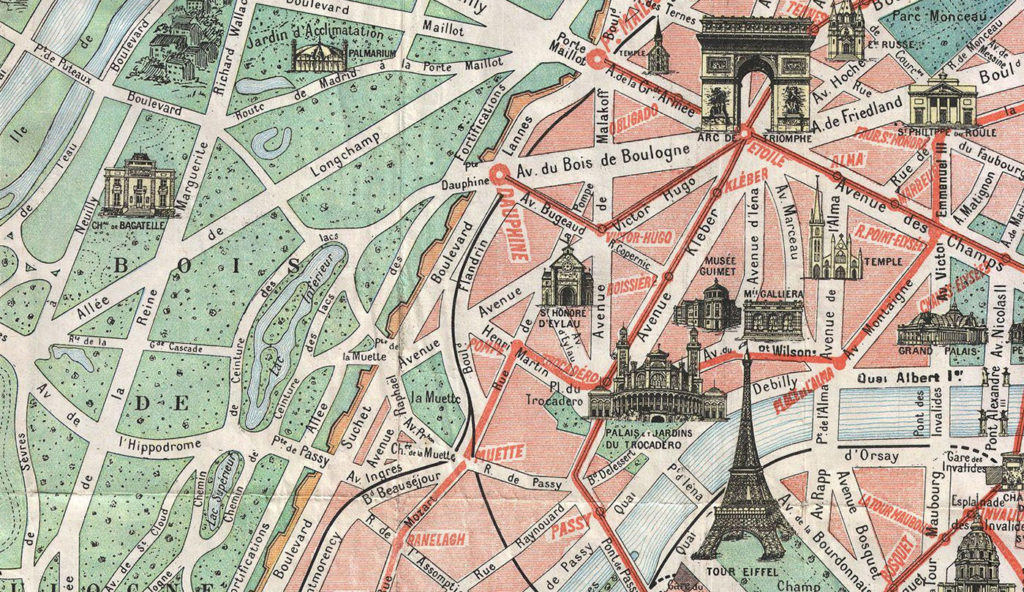
The history of the castle of Bagatelle after the Revolution
During the Revolution, the castle of Bagatelle was seized as a national asset and transformed into a restaurant which allowed it to be preserved. It even became a very popular place after the Terror.
During the Empire, Napoleon had it restored as a residence for his son, the King of Rome. It was in Bagatelle that Napoleon introduced his son to his repudiated wife, Josephine de Beauharnais.

At the time of the Second Restoration, the Count of Artois recovered the estate. Marked by his exile and having become a pious man, he had the decorations of Bagatelle modified to cover the representations of naked women and gave the estate to his son the Duke of Berry.
In 1835, Bagatelle was sold to the English art collector, Lord Hertford, who remodeled the park and created a riding school, a grotto, a Chinese kiosk and the orangery. He also proceeded to rearrange the castle by adding a floor. Close to the imperial family, Lord Hertford invited Napoleon III and the Empress Eugenie as well as Queen Victoria who stayed there for the Universal Exhibition of 1855.
When Lord Hertford died, his son, Richard Wallace – a famous art collector who financed the construction of the Wallace fountains – inherited Bagatelle and had the Trianon built. When he died in 1890, his wife bequeathed part of his art collection to the British nation – thus creating the famous Wallace Collection – and bequeathed Bagatelle to John Murray Scott. In 1905, the latter bequeathed the estate to the city of Paris. Unfortunately, before leaving, he looted Bagatelle, taking with him the furniture and exterior ornaments.
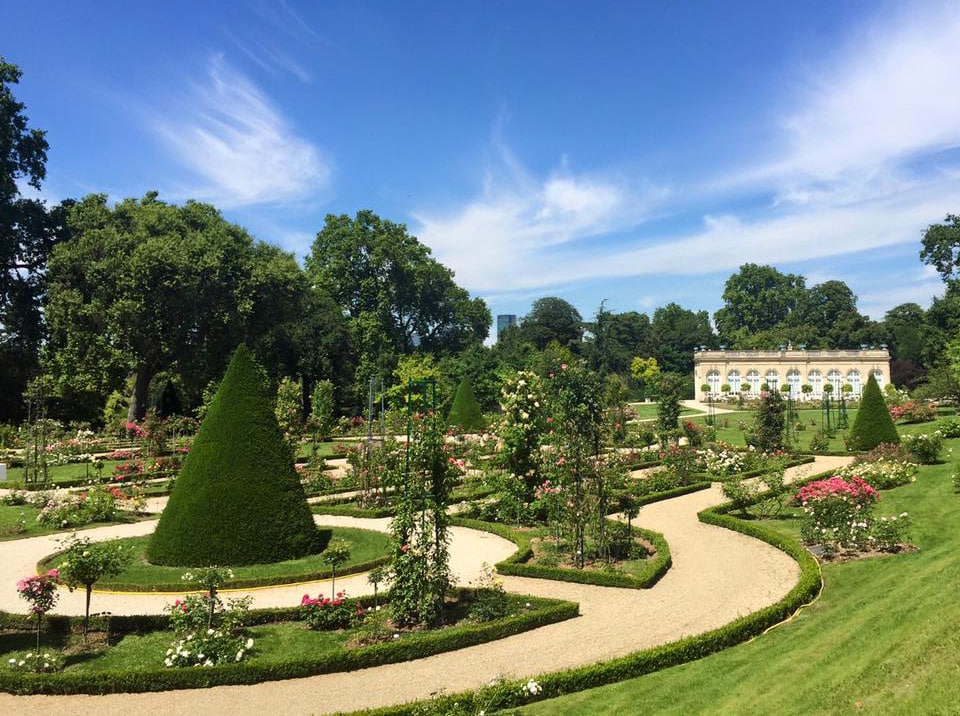
Throughout the 20th century, the Bagatelle estate was the scene of sumptuous events: a garden party organized in 1938 for King George VI and Queen Elizabeth; the annual Labor Day speeches by President Charles de Gaulle between 1949 and 1951; a reception in honor of Valéry Giscard d’Estaing in 1974; and a visit by Queen Elizabeth II and Prince Philip in 1992.
Towards a slow renaissance of the Bagatelle castle
If the park of Bagatelle has been particularly well maintained, the castle has considerably deteriorated due to lack of maintenance and surveillance, to the point that the fireplaces were stolen in the 1970s!
In the 1980s, the association of the Friends of the Park and Castle of Bagatelle was created and organized a cultural program, conferences and exhibitions that helped to revive interest in the castle. Since 2019 the Mansart Foundation is in charge of its restoration and beautification. The restoration work began in May 2021 with the recovery of the facades, roofs and woodwork. It is planned to restore the interior decorations in 2022 with the aim of reopening it to the public.
Visit of the Bagatelle castle
Currently the castle is closed to the public and can be discovered only in very rare occasions. Here is an overview, in photos, of the interior of the castle of Bagatelle. These photographs were taken in October 2021.
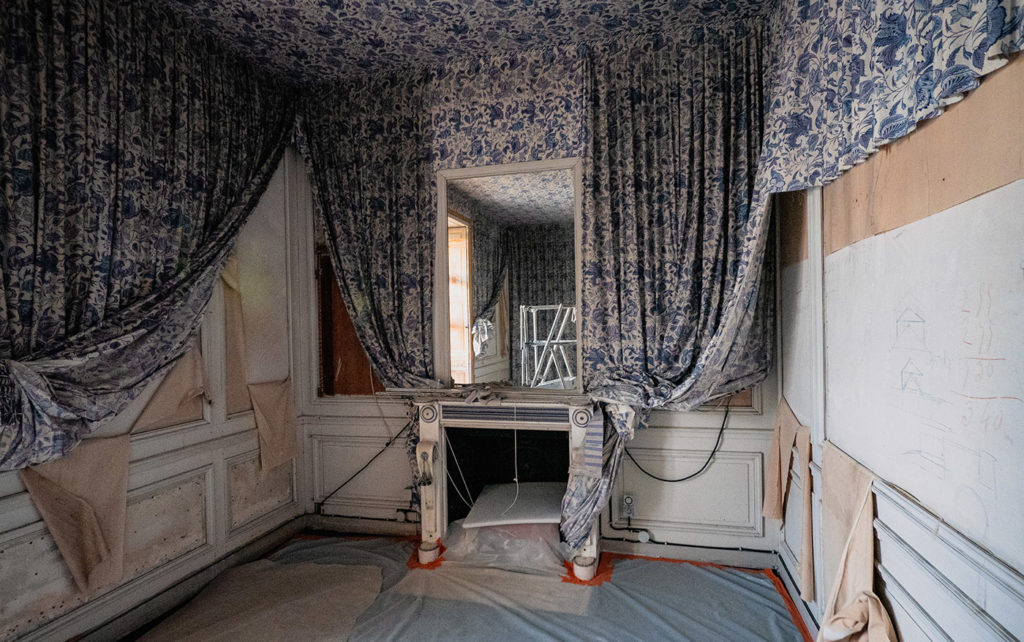

Thanks to Dartagnans and the Mansart Foundation who allowed me to visit the Bagatelle castle
Header photo: Bagatelle Castle – Modified photo by Benchaum, via Wikimedia Commons



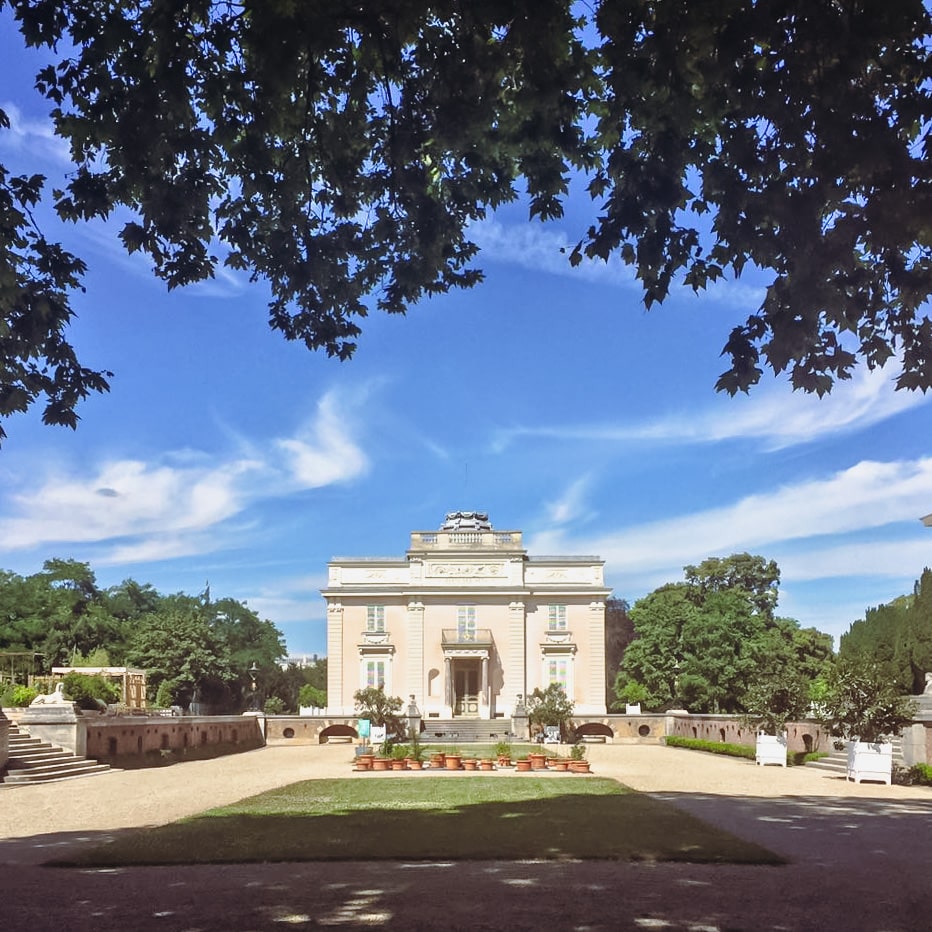
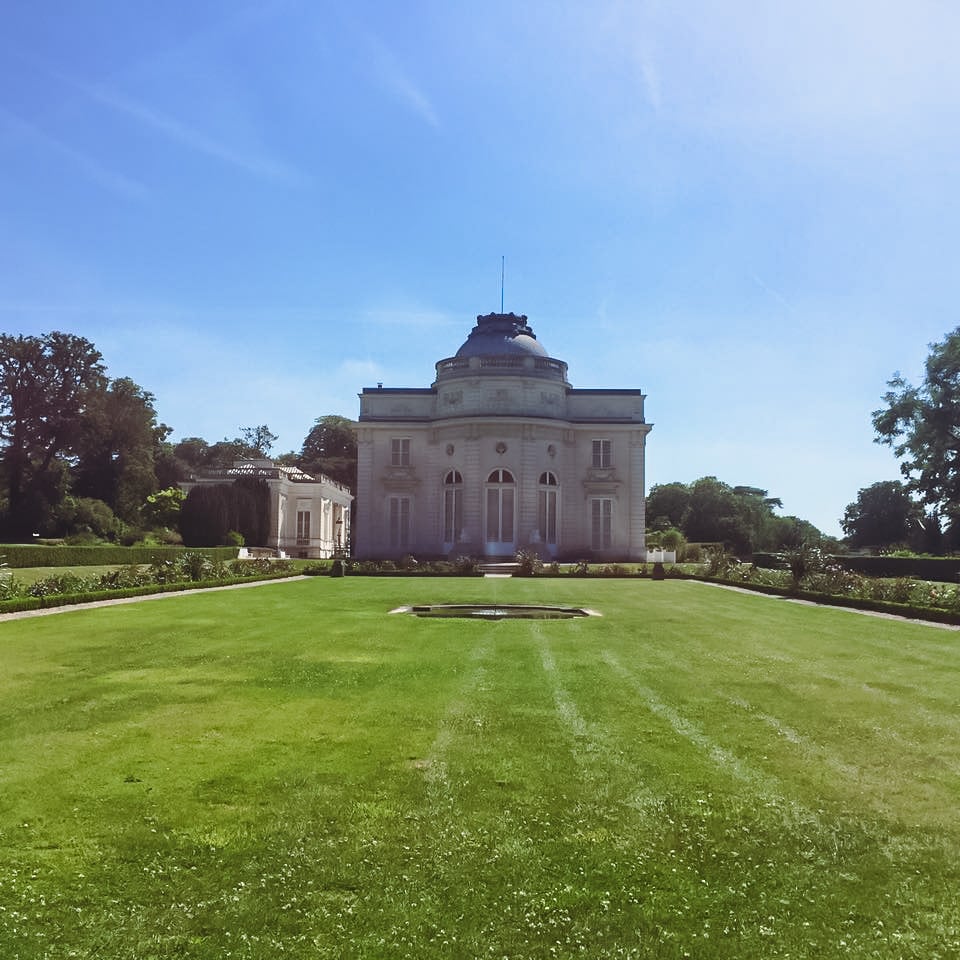


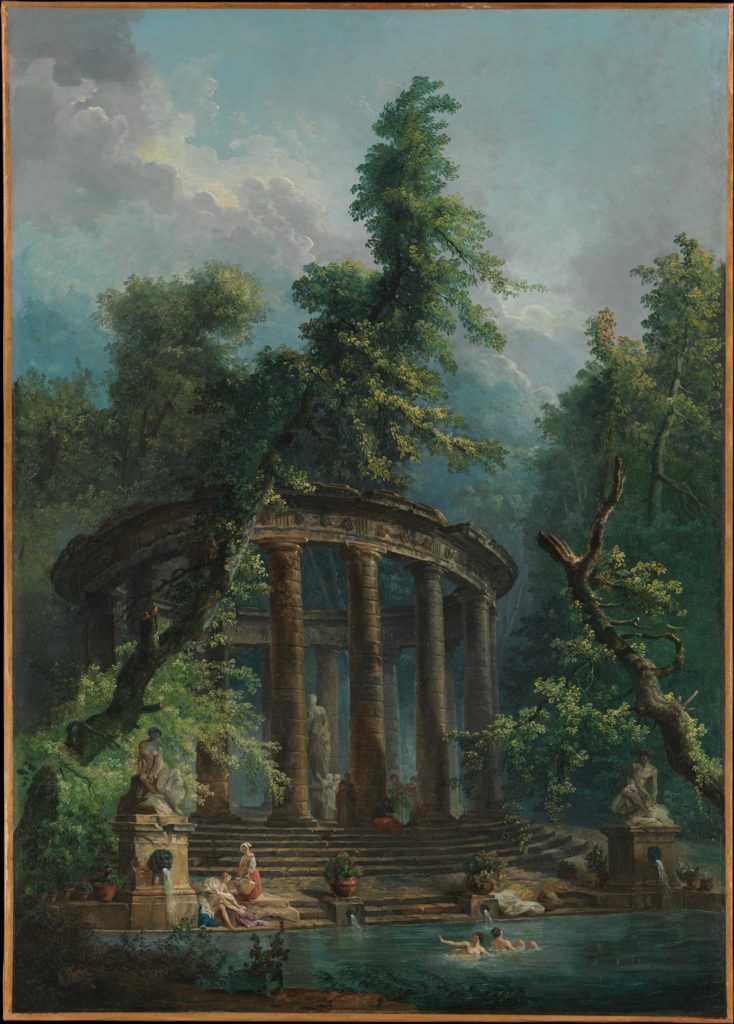
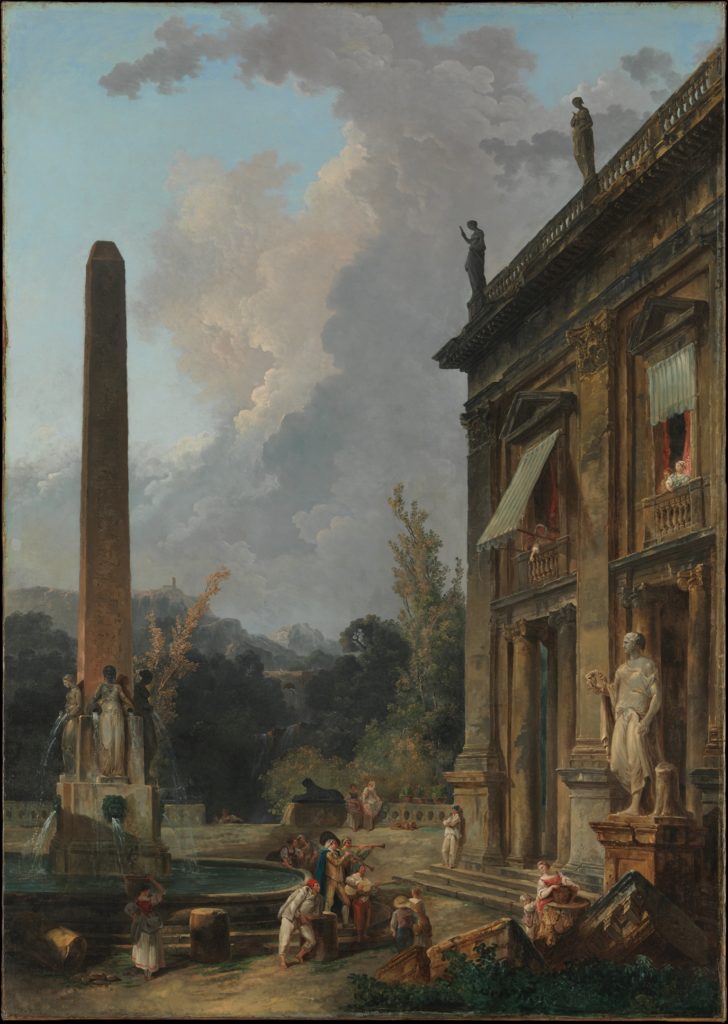
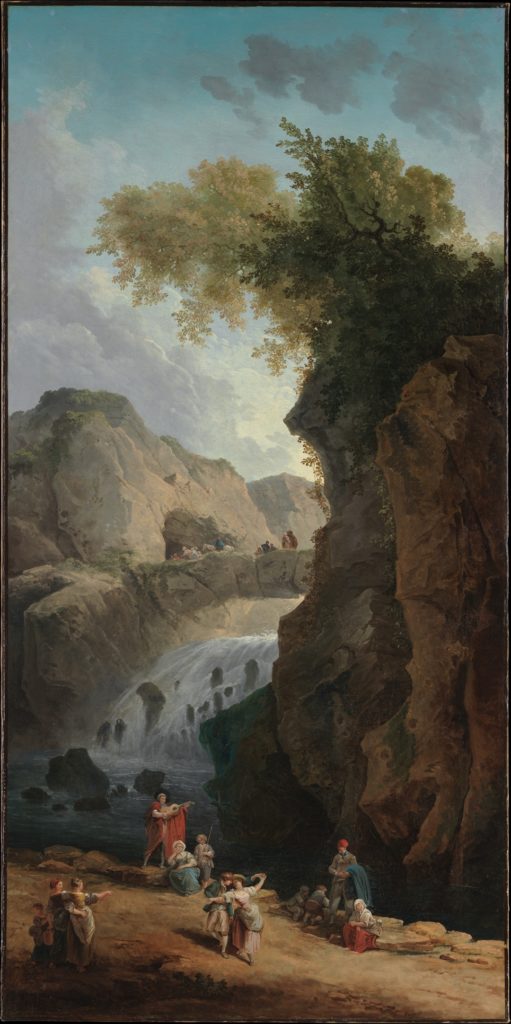
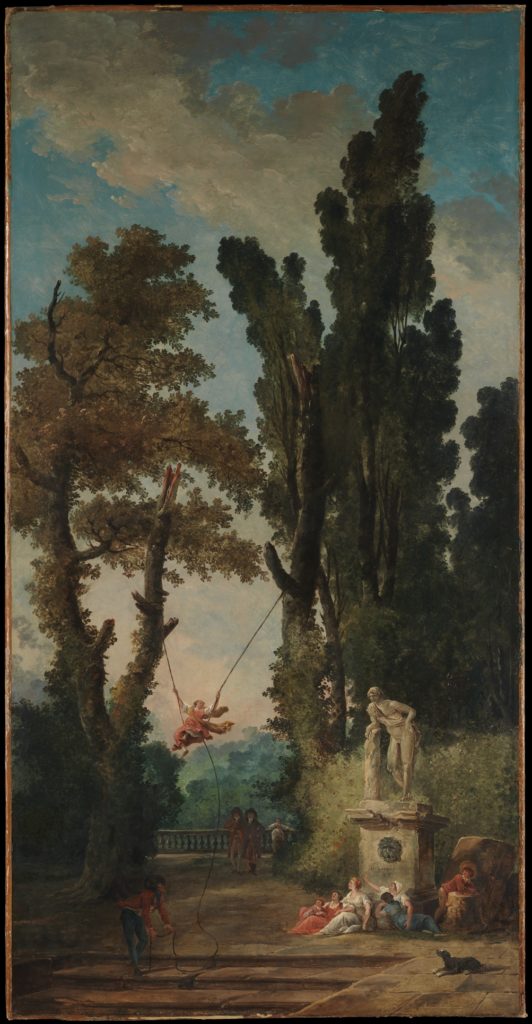
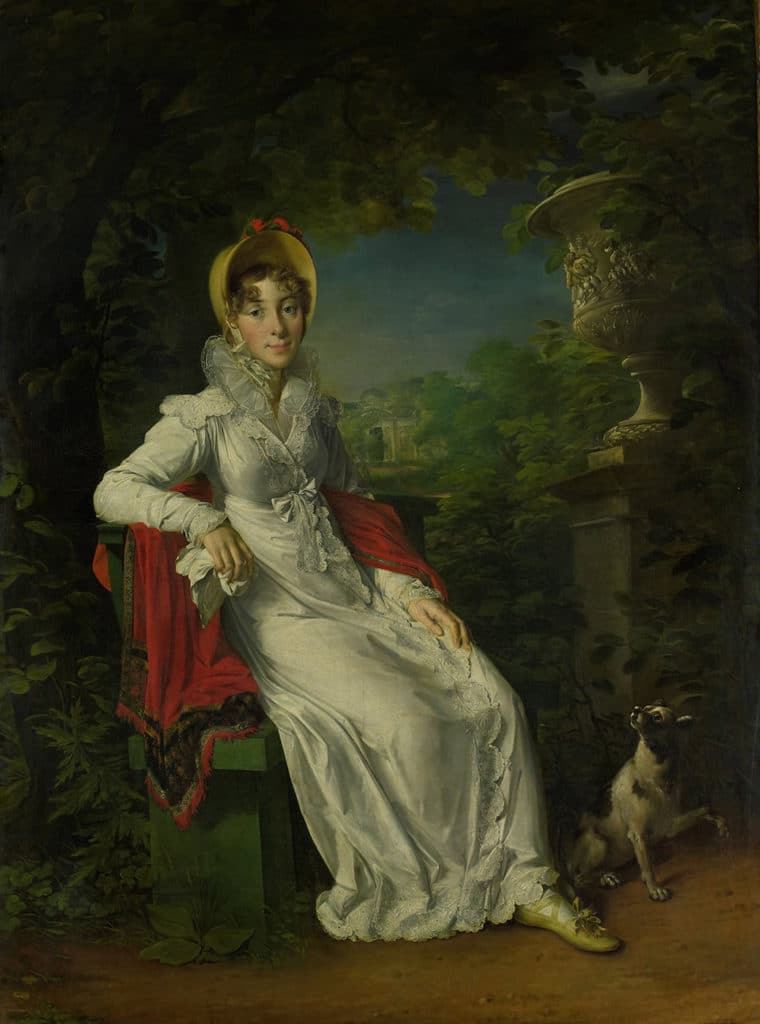

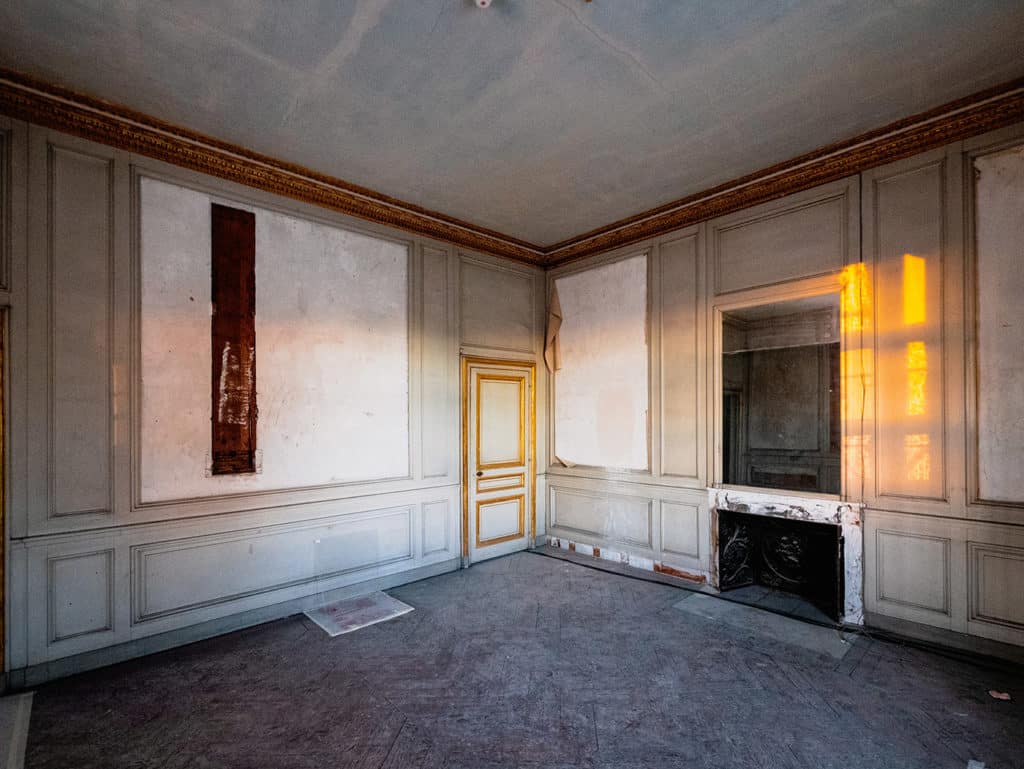
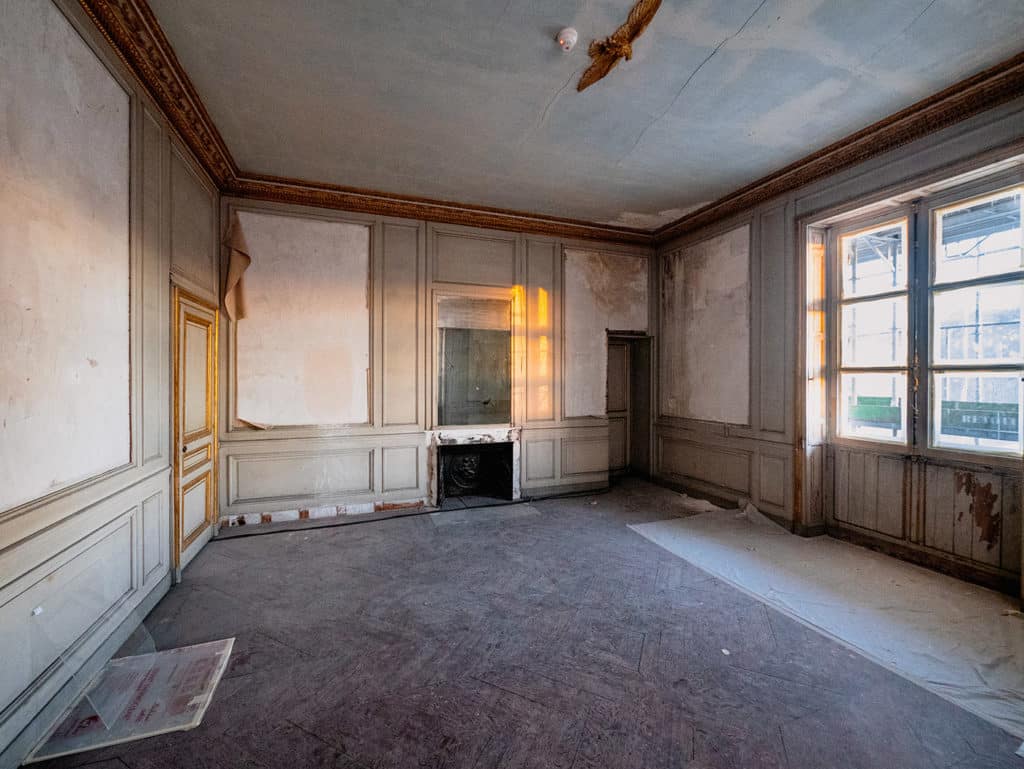
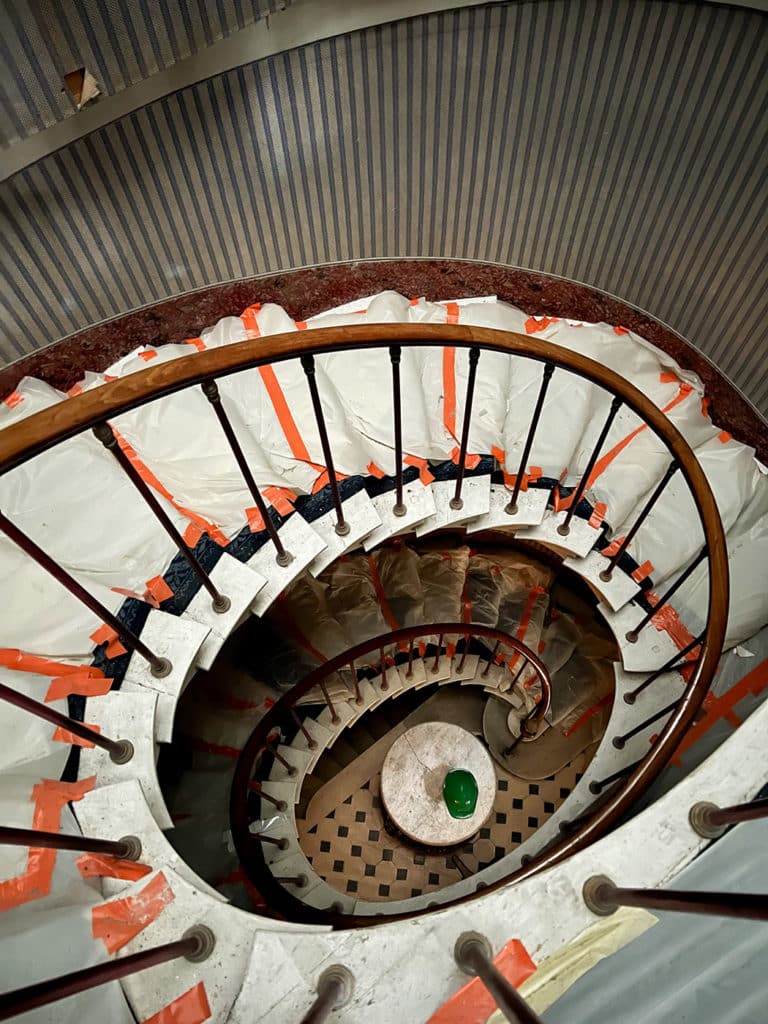
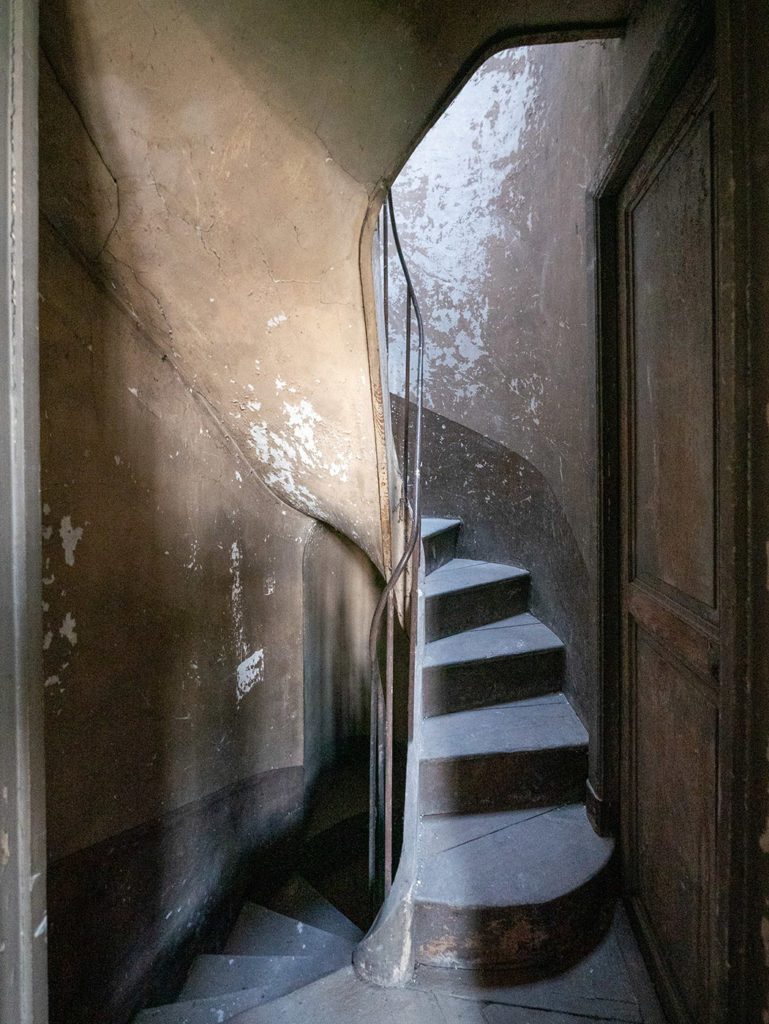


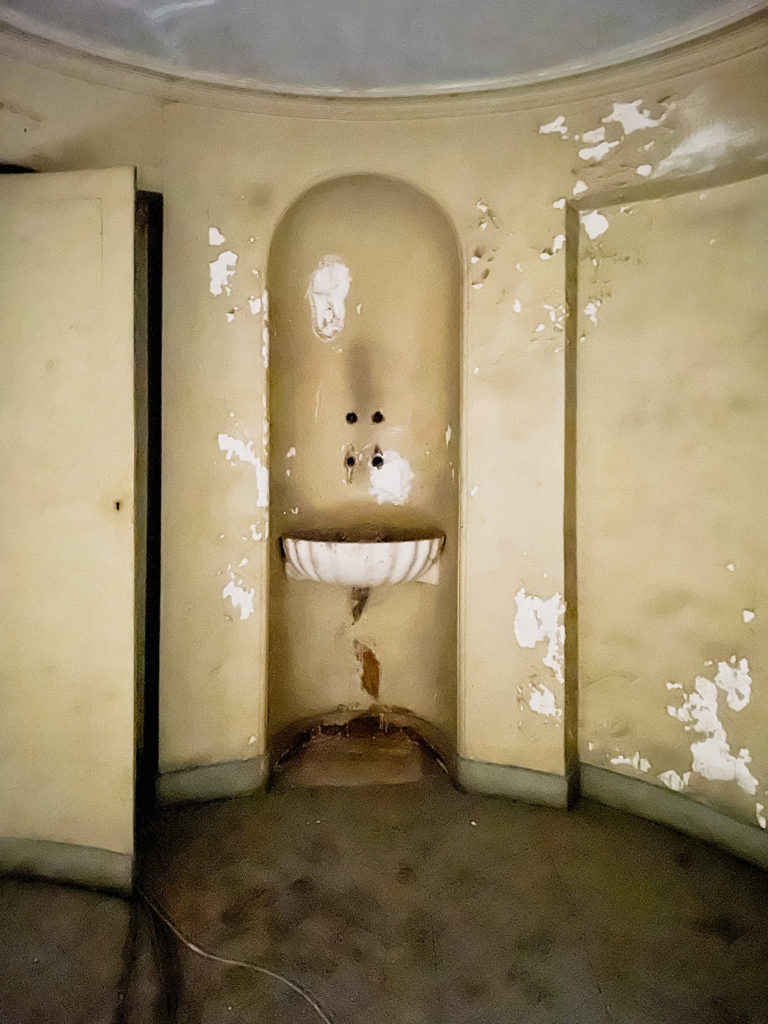

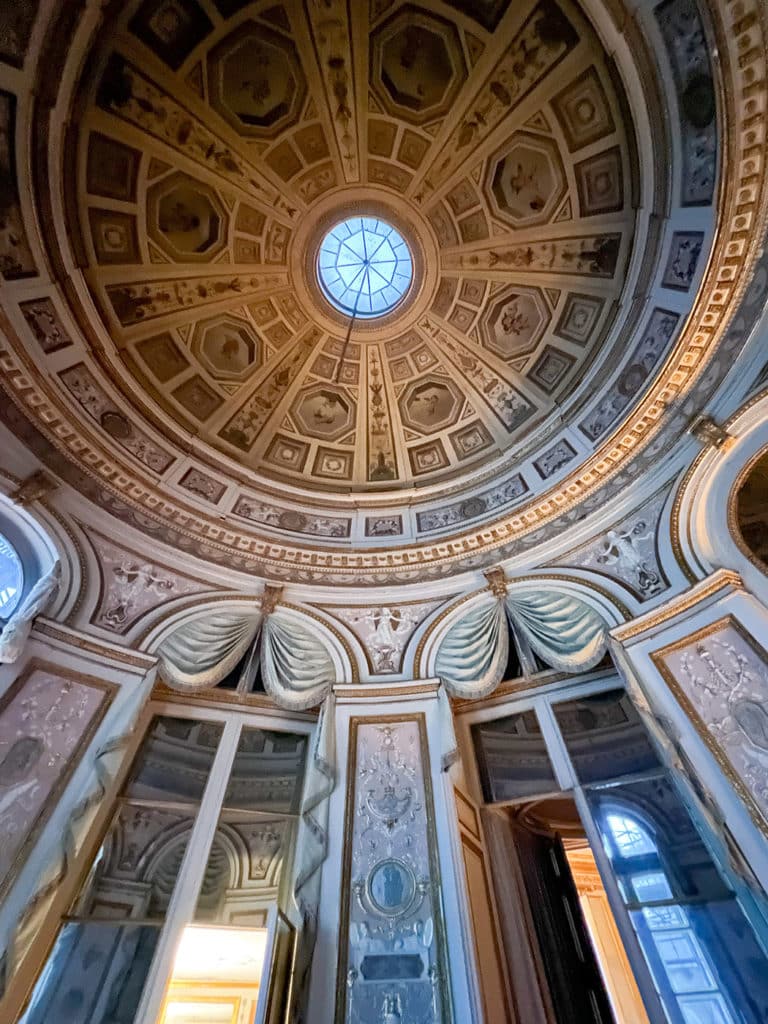
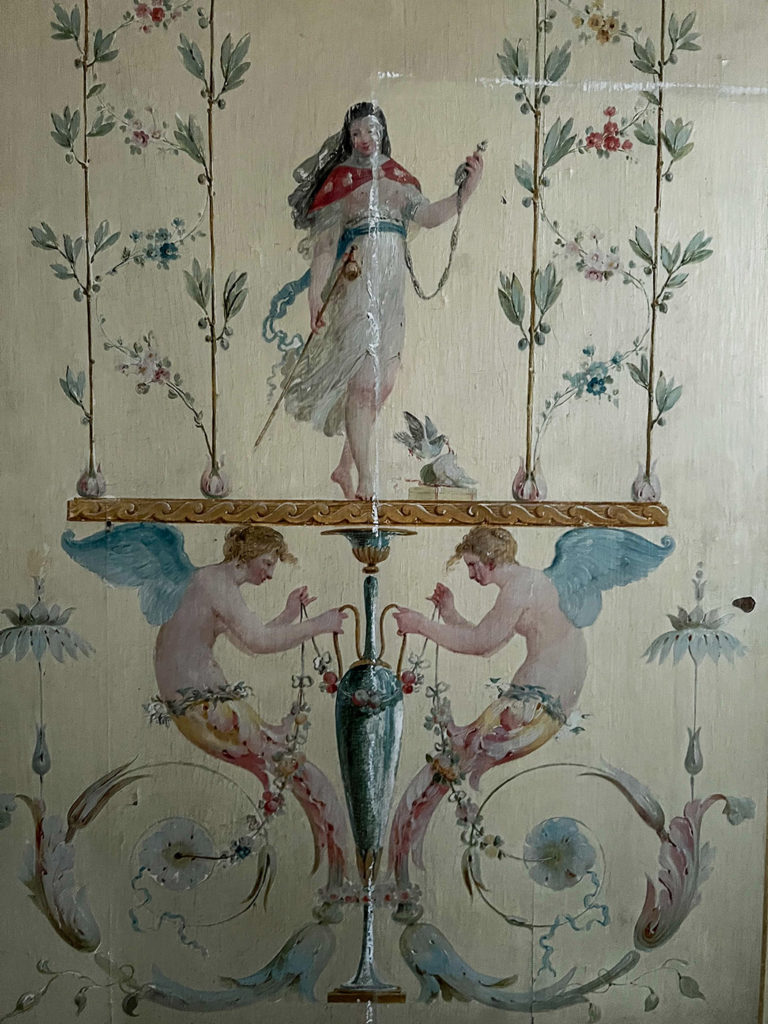

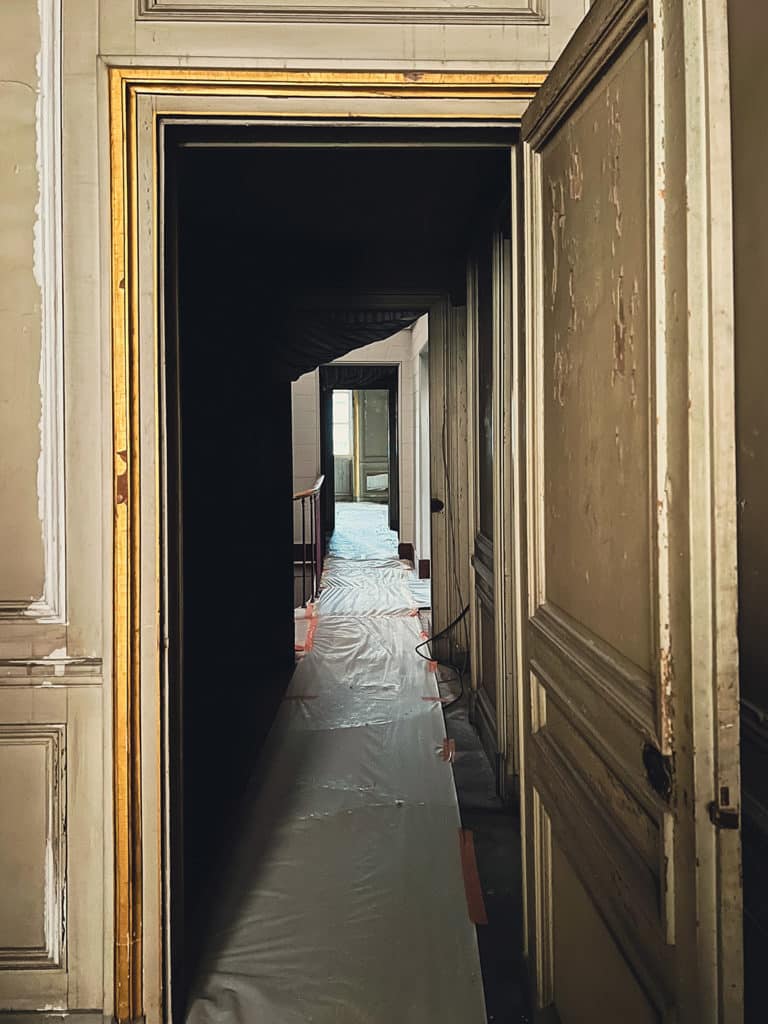
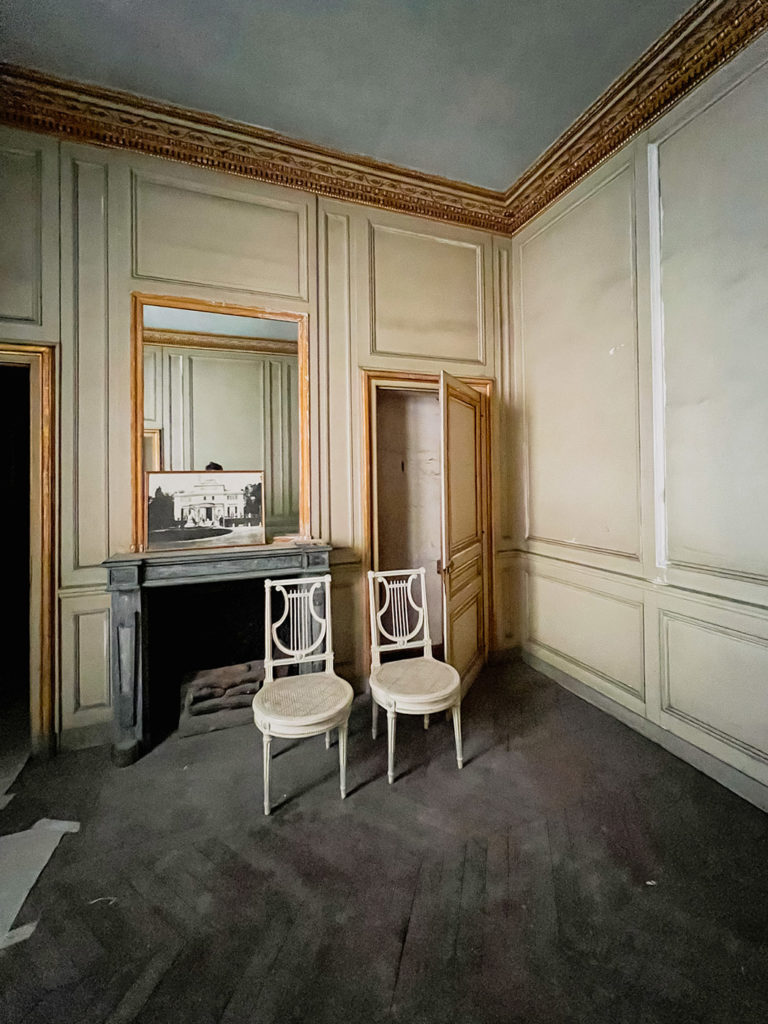


No Comments
Leave a comment Cancel